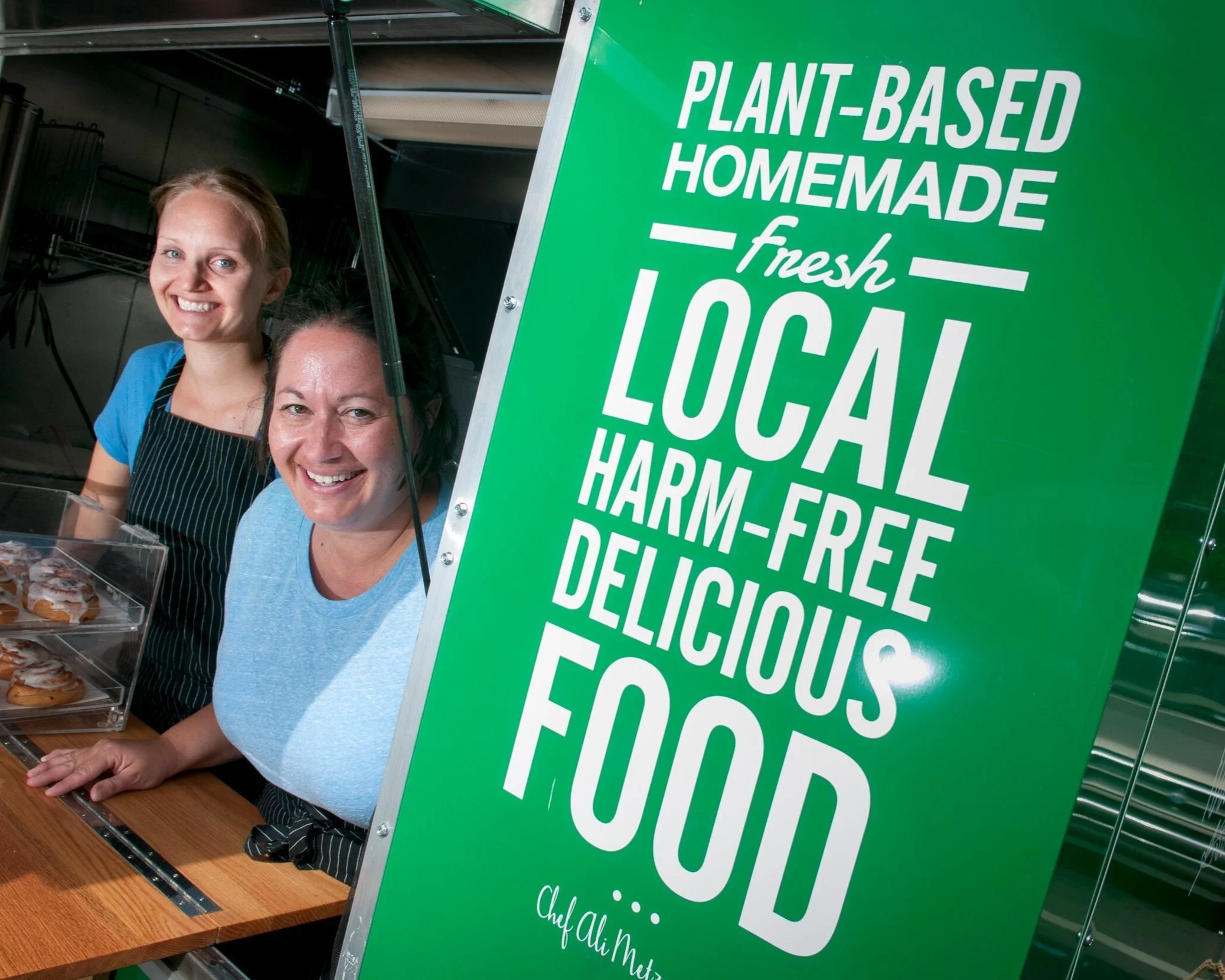Getting into Retail/Wholesale Channels
When it comes to diversifying your revenue streams as a local food producer, one of the more challenging avenues is sourcing to supermarkets, grocery stores, and other retail outlets. With their unique nuances, quantity requirements, and production needs, this revenue channel may at first seem like an overwhelming venture. But it is possible, especially if your farm or business can handle the production demand, and there are benefits to participating in these markets. Let’s demystify some of the challenges to help you decide if this channel is the right option for your business.
Can you meet the demand?
One of the first considerations is to evaluate if you are capable of producing on a more massive scale and having protocols and infrastructure in place to keep up with weekly and monthly demand, safety requirements, and the unique needs of supplying on a larger scale. Visit retailers to see what local items they carry and connect with those who have successfully made it into stores, or connect with a larger local producer to understand what it takes to grow on a larger scale, the tools they use, and how they meet demand.
Showcase your goods at farmers markets
Farmers markets are where store buyers and chefs get the scoop on the latest goods emerging from the local food scene - this is the place where they uncover what’s in season, which farmers are growing what, and to find new vendors and products they can add to their shelves. Find farmers markets near you here or visit our farmers market page for tips on how to maximize your farmers market presence.
Watch the Good Food Film: How to Break into the Retail Market HERE.
Revamp your website (OR get one going if you don’t have one)
A website is the most effective marketing tool in your kit. If you don’t already have one, get one up and running STAT. If you already have one, but it hasn’t been updated in over three years - it’s a good idea to give your website a refresh. Be sure to include photos/videos of your farm or business in action, your logo, key messaging, a page that features and describes the products you intend to retail, and an “about us” page (with photos of you and your team) that shares a bit about yourself and the story of your business.
Get your products into local bodegas and co-ops
A great entry point for retail is connecting with local food co-ops, farm stores, and local bodegas/shops that specialize in sourcing local brands. By starting off here, you can iron out the potential kinks such as pricing for the market and strengthening your marketing message and packaging, as well as learning the ropes for producing to scale.
Work with produce purveyors
If you’re already growing and producing, a great way to reach new markets is to work with local food purveyors like Sun Produce Co-op, Green on Purpose, and Stern Produce, which have working relationships with local restaurants, schools, distributors, and retail buyers. These purveyors reduce market entry barriers and help local growers reach new markets.
Secure a meeting with one of the store buyers
This can be a bit challenging, but persistence and a bit of research can get you to the right contact. When you’ve secured a meeting with a store buyer make sure your pitch is ready and you have samples to share and leave behind. The buyer will also want to know about your production capabilities, food certifications, and will review requirements needed to get your product in their store.
What's your story/pitch?
For many retailers and grocers that are actively bringing more local food vendors into their stores, your story and brand are key to getting on their radar. If you’re able to book a meeting with a store buyer, have a polished pitch prepared. Be sure to share your personal story that includes the how and why you got started, the uniqueness of your brand and product, and the business goals you have. Buyers are looking for brands that are new and different— whether it’s the packaging, the product, the cause, or the story of the maker. Be sure to share all of this during your meeting.
Keep marketing!
Seeing your products on a store shelf is an epic moment, but the work doesn’t stop there. Host in-person tasting events, provide samples and coupons, and utilize the store’s marketing tools that promote local products. Also, monitor the sales data - are your products moving off the shelves, and at what rate? This is an opportunity to pulse-check market demand, see if your product and packaging are resonating, and adjust as needed. Additionally, continue to promote on your website and social media where your products can be found locally. Be creative and have fun with marketing!








